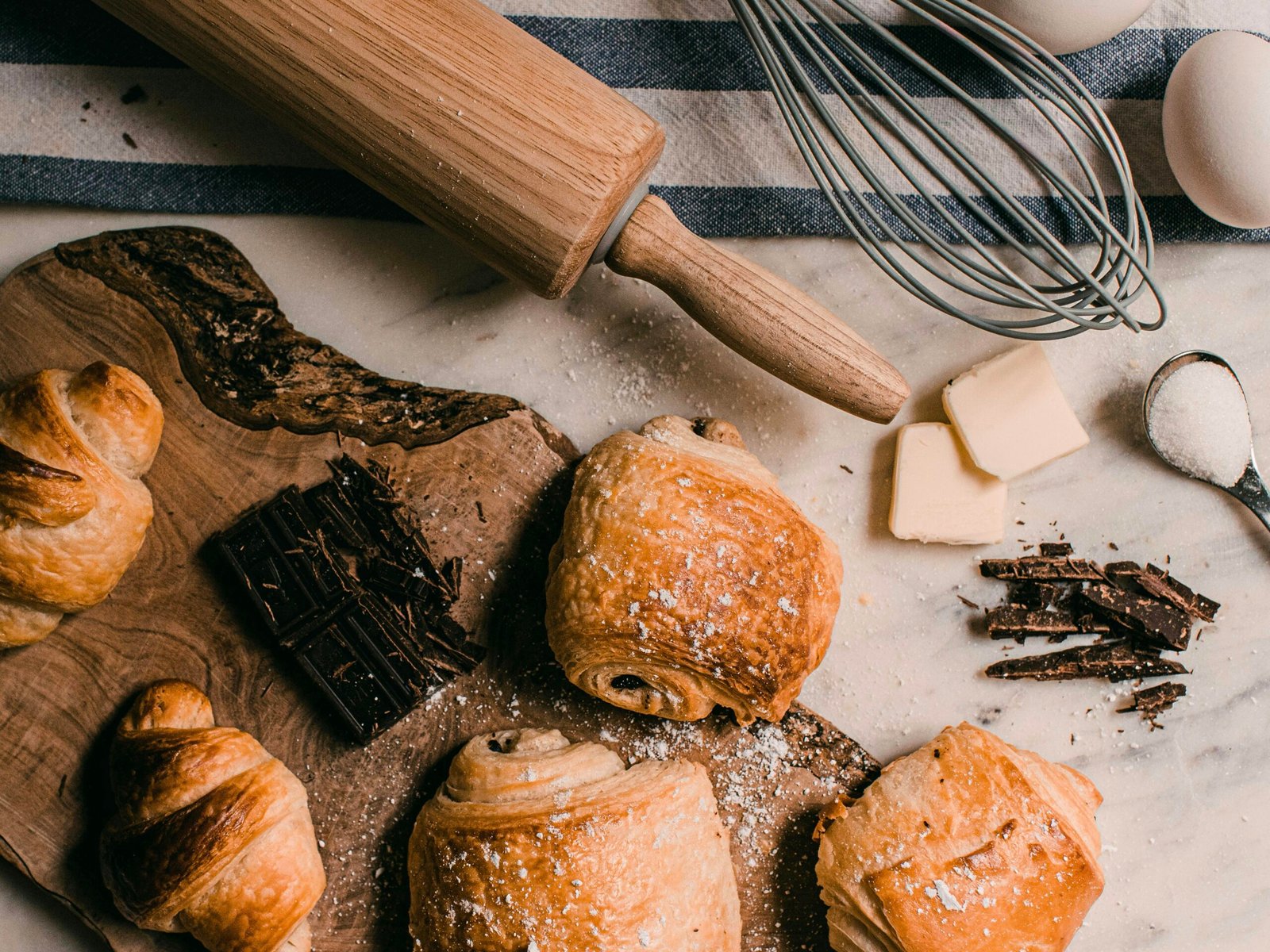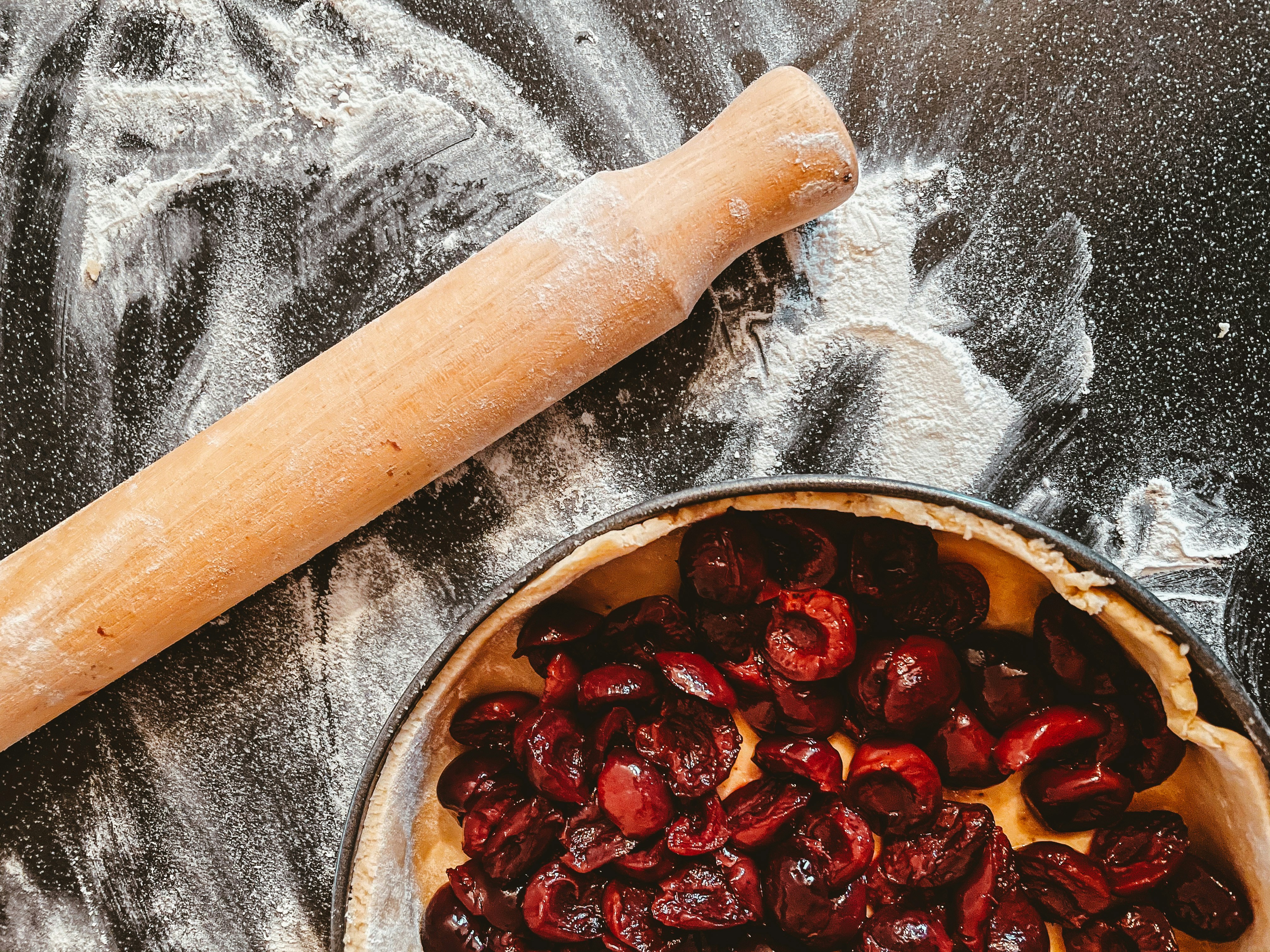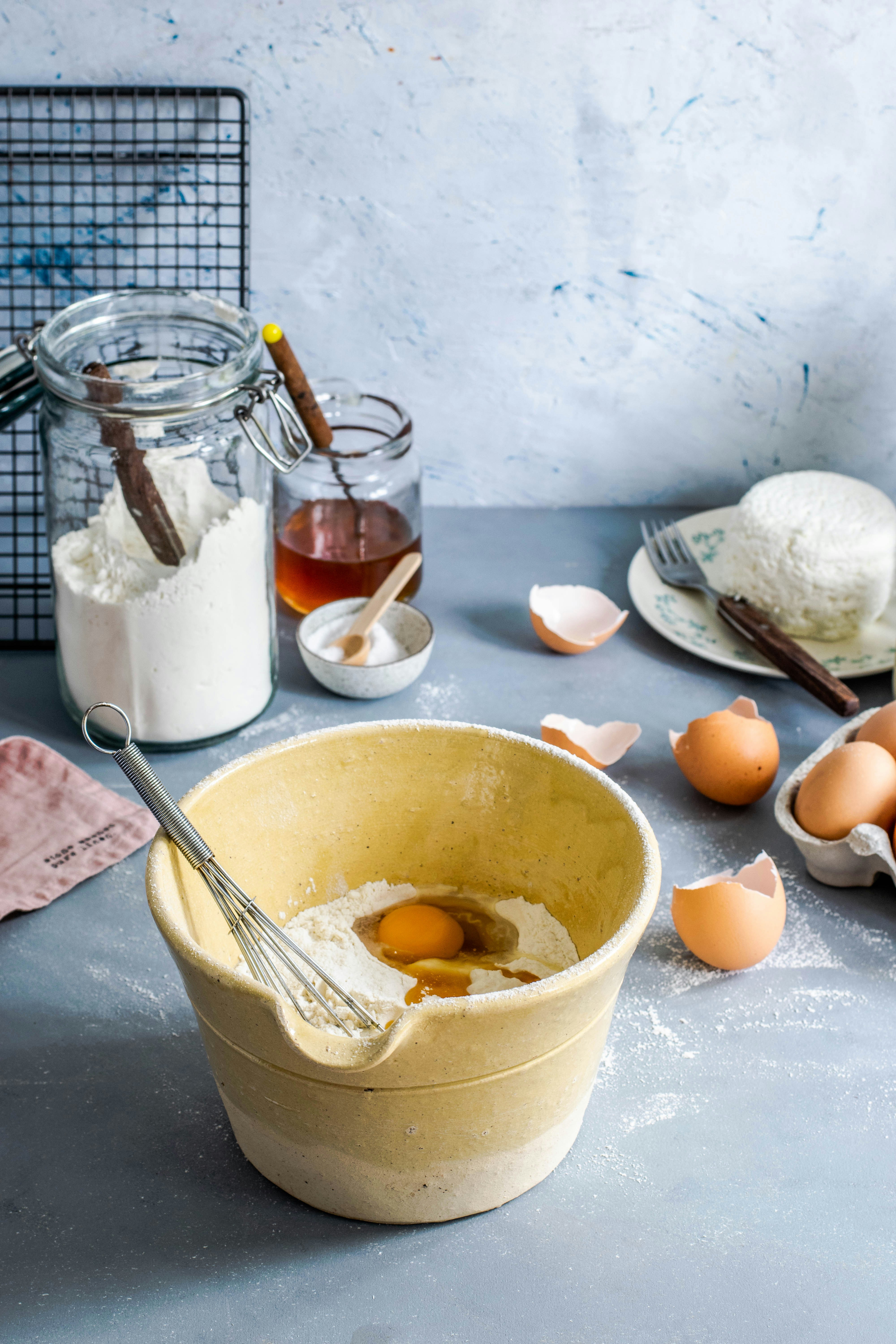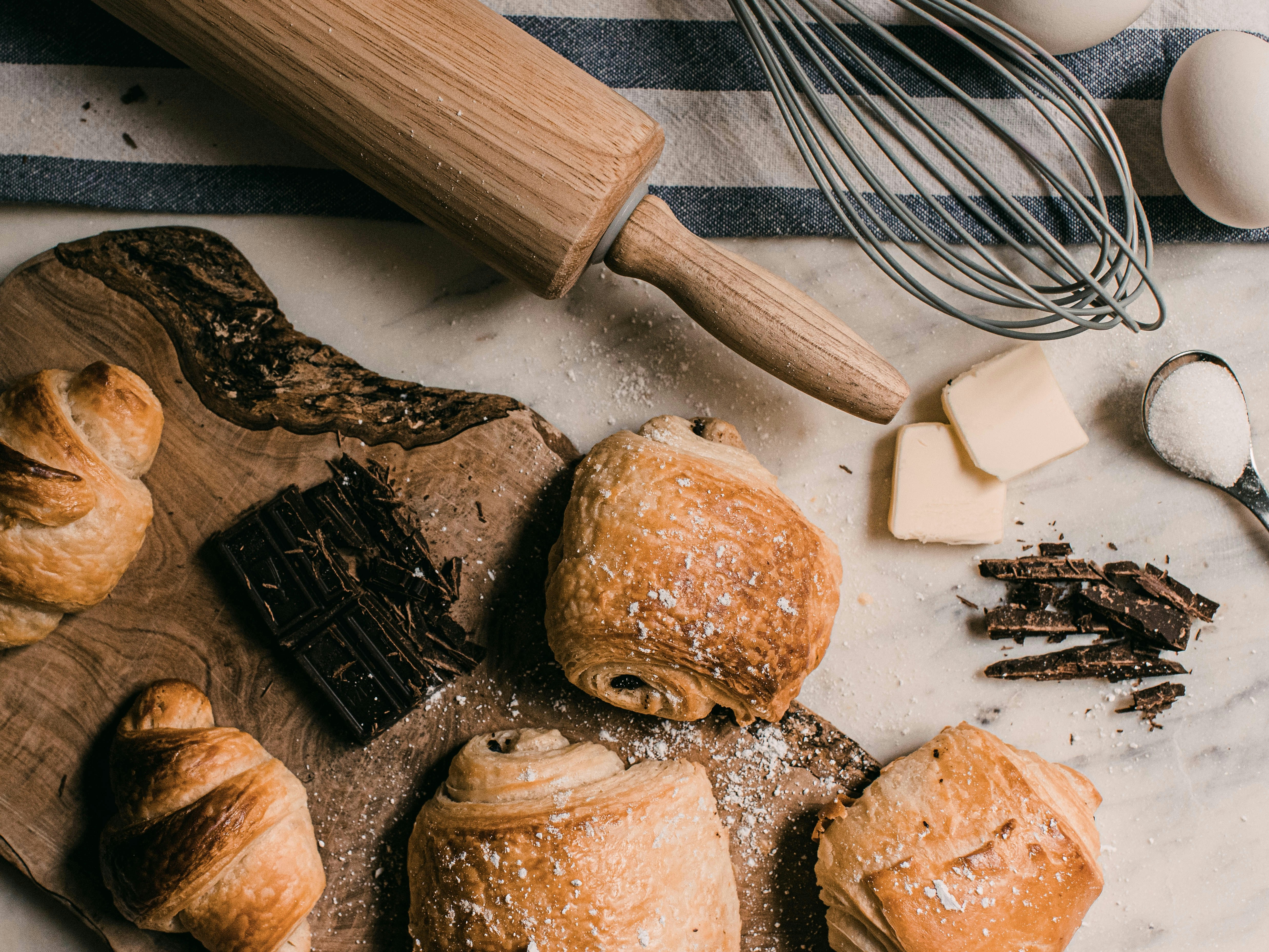Have you ever wondered how you can enjoy the sweet, comforting goodness of pies without worrying about high oxalate levels? If you’re someone who needs to manage oxalate in your diet, you’re in good company. Maintaining a low-oxalate diet can feel challenging, especially when it comes to your favorite baked goods. But fear not—baking low-oxalate pies is not only possible, it’s also deliciously satisfying.
Understanding Oxalates
Before rolling out the dough, it’s helpful to know what oxalates are. Oxalates are naturally occurring compounds found in many foods. While generally harmless in moderate amounts, they can bind with calcium, especially in people who are prone to kidney stones, leading to the formation of calcium oxalate stones. For those with a risk for kidney stones or other oxalate-related health issues, reducing oxalate intake is a beneficial dietary adjustment.
Why a Low-Oxalate Diet?
The purpose of a low-oxalate diet is to decrease the chances of developing kidney stones or exacerbating other health conditions related to oxalate accumulation. By reducing the intake of this compound, you are effectively managing your body’s oxalate levels, potentially improving kidney health and overall well-being.
Ingredients for Low-Oxalate Pies
To make low-oxalate pies, the first step is to choose suitable ingredients. Let me guide you through selecting the best options for a delicious pie that’s gentle on your oxalate levels.
Flour Selection
Typically, pie crusts call for white flour, which is relatively low in oxalates, making it a suitable choice. Alternatives like almond flour should be avoided due to their high oxalate content. Here’s a helpful chart for choosing your flour:
| Flour Type | Oxalate Level |
|---|---|
| White Flour | Low |
| Almond Flour | High |
| Coconut Flour | Moderate |
| Rice Flour | Low |
Sugar and Sweeteners
Sugar itself is low in oxalates, so you can use it freely within your pie recipes. However, if you’re seeking alternative sweeteners, consider options that align with low-oxalate guidelines.
Fats and Oils
Butter and margarine are both low in oxalates and provide a rich taste to your pie crust. Avoiding high-oxalate oils like soy can also be beneficial.
Choosing the Right Fillings
The filling of your pie is where low-oxalate creativity can really shine. Choosing fruits and other low-oxalate ingredients ensures your pie remains a dietary delight.
Low-Oxalate Fruits
Here’s a guide to selecting fruits that are both delicious and low in oxalates:
| Fruit | Oxalate Level |
|---|---|
| Apples | Low |
| Pears | Low |
| Blueberries | Low |
| Strawberries | Moderate |
| Rhubarb | High |
Other Filling Options
Beyond fruits, you might consider fillings like custards or creams, which can be prepared with low-oxalate ingredients. For instance, vanilla or custard puddings made with rice milk can be both delicious and suitable for a low-oxalate diet.
Crafting the Perfect Low-Oxalate Crust
Creating a delectable pie crust is as much an art as it is a science. Luckily, even on a low-oxalate diet, you can still make a crust that’s flaky, buttery, and delicious.
Classic Low-Oxalate Pie Crust Recipe
Here’s a simple recipe to get you started.
Ingredients
- 1 ¼ cups white flour
- ½ cup butter, chilled and diced
- ¼ cup cold water
- 1 tablespoon sugar
- ¼ teaspoon salt
Instructions
-
Mix Dry Ingredients: In a large bowl, combine the flour, sugar, and salt. Stir gently.
-
Add Butter: Incorporate the chilled butter pieces into the dry mix until it resembles coarse crumbs.
-
Form Dough: Gradually add cold water, one tablespoon at a time, mixing until the dough holds together.
-
Chill: Shape the dough into a disc, wrap it in plastic wrap, and refrigerate for at least one hour.
-
Roll and Prepare: Once chilled, roll out the dough on a floured surface and fit it into a pie pan.
This basic crust can be used as a springboard for your own flavorful experiments while keeping that oxalate count in check.
Filling Options and Recipes
With the crust handled, let’s explore some enticing low-oxalate fillings that are just right for a tasty pie experience.
Apple Cinnamon Pie
This classic, comforting pie can be made in a low-oxalate version with just a few tweaks.
Ingredients
- 4 cups peeled, thinly sliced apples
- ½ cup sugar
- 1 teaspoon ground cinnamon
- 2 tablespoons cornstarch
- 1 tablespoon lemon juice
Instructions
-
Preheat Oven: Set your oven to 375°F (190°C).
-
Mix Ingredients: In a large bowl, combine sliced apples, sugar, cinnamon, cornstarch, and lemon juice. Mix well to coat the apples evenly.
-
Assemble: Pour the fruit mixture into the prepared pie crust.
-
Bake: Cover with another layer of crust or a lattice design and bake for 50-60 minutes, or until golden brown.
-
Cool and Serve: Let it cool slightly before slicing and serving.
Custard Pie
Custard pies offer a creamy, delicate option with low levels of oxalates that’ll indulge your palate.
Ingredients
- 1 ½ cups rice milk
- 3 eggs
- ½ cup sugar
- 2 teaspoons vanilla extract
- Pinch of salt
Instructions
-
Preheat Oven: Preheat to 350°F (175°C).
-
Whisk Ingredients: In a bowl, combine rice milk, eggs, sugar, vanilla, and salt. Whisk until smooth.
-
Fill the Crust: Pour the custard mixture into your prepared crust.
-
Bake: Bake for 45 minutes to 1 hour, or until the custard is set.
-
Cool: Allow to cool completely before serving.
Tips for Baking Success
To ensure your low-oxalate pies are consistently delightful and crave-worthy, keep these tips in mind:
Accurate Measurements
Baking is a science, so accurate measurements are critical. Use a digital scale for precision, especially when working with ingredients like flour.
Temperature Check
Your crust will only be as good as your attention to detail, so ensure your butter is adequately chilled before incorporating it into the flour. Cold butter is the secret behind a flaky crust.
Experiment and Enjoy
Exploring different recipes and flavor combinations can be fulfilling. Feel free to adjust ingredients within the low-oxalate guidelines to create pies that cater to your taste preferences and dietary needs. Remember, pleasure and precision go hand in hand in baking, leading you to the most rewarding results.

Conclusion: The Joy of Low-Oxalate Baking
Now that you’re equipped with the know-how of selecting the right ingredients and methods, you’re well on your way to crafting delectable low-oxalate pies. Let your kitchen become a place where oxalate levels are safely managed without sacrificing the joys of sweet, lovingly baked treats. Enjoy this journey of culinary creativity while keeping your wellness goals firmly in view. Your relationship with pie has just found a delicious new chapter, and the best part is, you paved the way yourself.




